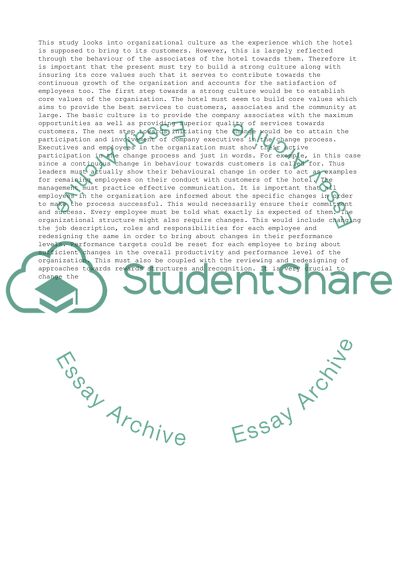Cite this document
(“A strategy for managing change process Essay Example | Topics and Well Written Essays - 3500 words”, n.d.)
Retrieved from https://studentshare.org/management/1394396-a-strategy-for-managing-change-process
Retrieved from https://studentshare.org/management/1394396-a-strategy-for-managing-change-process
(A Strategy for Managing Change Process Essay Example | Topics and Well Written Essays - 3500 Words)
https://studentshare.org/management/1394396-a-strategy-for-managing-change-process.
https://studentshare.org/management/1394396-a-strategy-for-managing-change-process.
“A Strategy for Managing Change Process Essay Example | Topics and Well Written Essays - 3500 Words”, n.d. https://studentshare.org/management/1394396-a-strategy-for-managing-change-process.


